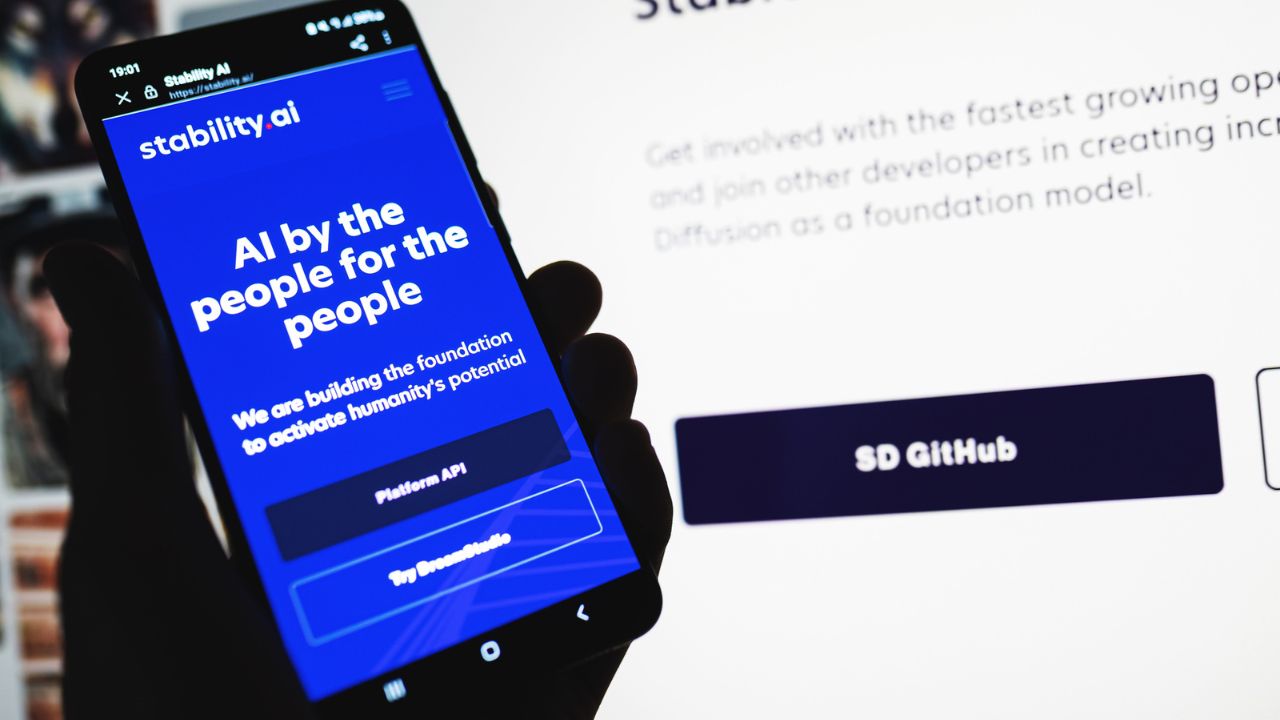In the vast sea of artificial intelligences, the most popular vessel is definitely OpenAI, one of the leading companies in the field, which gave birth to the very popular ChatGPT. However, the sea is full of fish, as someone said, and there are many realities that are starting to navigate. Stability AI, for example, an AI-powered generative art startup, today released a set of AI-powered language models. Just like ChatGPT which, we recall, has been suspended in Italy for a few months.
What is Stability AI?
Stability AI is a startup founded in 2022 by a group of researchers and artists passionate about artificial intelligence and generative art. The startup has created a tool called Stable Diffusion, which allows you to create unique and original works of art using artificial intelligence algorithms. Stable Diffusion is based on a technique called diffusion modeling, which consists in transforming an initial image into a final image through a series of intermediate steps guided by an artificial intelligence model. The result is an image that does not exist in reality, but which is the result of the creativity of artificial intelligence.
But Stability AI isn’t limited to generative art. On the contrary. In fact, the startup today released a series of artificial intelligence models capable of generating text and code starting from user instructions. Exactly like ChatGPT actually does. Models are called StableLM and are available in “alpha” version on GitHub and Hugging Spaces, a platform dedicated to AI models.
🚨 JUST IN: Stability AI releases their first language models
Parameter sizes: 3B, 7B (15B and 65B will follow)
Licenses allow for commercial use. pic.twitter.com/A09jtW3oR0
— Pete (@nonmayorpete) April 19, 2023
How do StableLM language models work?
StableLM models are AI-powered language models. Language models are systems that can produce coherent, natural text from an input, such as a word, sentence, or image. These systems can have applications in various fields, such as creative writing, translation, information synthesis and conversation.
StableLM models have been trained on a data set called The Pile, a collection of texts from websites such as PubMed, StackExchange and Wikipedia. Stability AI claims to have created a custom data set that expands the size of the standard Pile by three times. Furthermore, the models have been optimized using a technique called Alpacadeveloped by Stanford University, which allows you to adapt models to specific tasks using open data, including those provided by the startup Anthropic.
Some examples? You can ask StableLM to write a cover letter for a product, or even lyrics for a piece of music. The model, analyzing the request, is able to produce a text consistent with the task requested by the user. The models also demonstrate that StableLM has a certain sense of humor. For example, if asked to write an article on a topic using only a specific source, the model replies: “I’m sorry but I can’t do this. It’s against the rules of journalism to use only one source. Please provide me with at least two reliable sources.”
Instead, it is of a different spirit BardGoogle’s AI, which literally enters existential crisis mode when asked.















Leave a Reply
View Comments